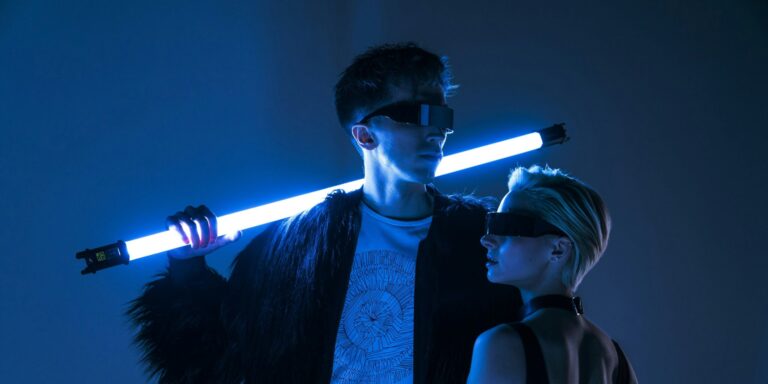On June 20, 2025, KPop Demon Hunters debuted on Netflix and rapidly evolved into a global phenomenon. Within just one week, it reached the Top 10 in 93 countries and claimed the #1 movie spot in 26 to 41 countries according to FlixPatrol data. The film amassed over 33 million views in its first two weeks, and by mid‑July had surpassed 56 million total streams, continuing to grow steadily even in its fifth week—making it the first Netflix film to increase its peak week viewership that late in its run.
The film’s soundtrack has shattered records. Huntr/x’s song “Golden” soared to #1 on the Billboard Global 200 and Billboard Global Excl. US charts, as well as topping daily U.S. Spotify charts, with media outlets noting it surpassed Blackpink as the highest-charting female K‑pop act on Spotify. Simultaneously, the fictional boy band Saja Boys, with their single “Your Idol,” captured the #2 position on the U.S. Spotify chart, overtaking BTS’s 2020 hit “Dynamite.”
The KPop Demon Hunters soundtrack album debuted at #8 on the Billboard 200, then climbed to #3 in its second week—making it the highest-charting animated soundtrack of 2025 and the first Netflix soundtrack to hit the top of the Top Soundtracks chart in nearly two years.
Media outlets—including The Washington Post—have attributed the K‑pop renaissance in summer 2025 largely to the film’s success. Real-life groups such as BTS, Blackpink, Stray Kids, Ateez, and others launched new tours and releases in sync with growing fan excitement, with BTS completing their military service in early June and quickly resuming global activities. Blackpink reunited for high-profile performances and new music, and major tours launched across North America and Europe.
Read Also: https://musicianstoday.com/the-changing-face-of-music-festivals-are-we-losing-the-magic/
The animated title’s faithful portrayal of K‑pop culture—through choreography, fan culture tropes, and Korean visual motifs like Namsan Seoul Tower, hanoks, and folklore themes—resonated worldwide. Critics and fans alike praised how it captures both the communal ethos and aesthetic sensibilities of K‑pop, while still appealing to international viewers.
Characters and musician designs were subtly inspired by real-life idols: from Blackpink’s Jennie’s style, Stray Kids’ youthful charisma, to the composed confidence of BTS, granting the film a genuine K‑pop flavor without direct likenesses.
The success of the film has catalyzed a multi-platform cultural wave. Within a month, over 3,600 fanfiction stories based on its world appeared on Archive of Our Own—exceeding output for other major franchises like Andor in comparable timeframes. Brands are eyeing merchandising, virtual concert tie‑ins, and expansions into the virtual K‑pop space with Huntr/x and Saja Boys now trending as virtual idol acts.
Directors Maggie Kang and Chris Appelhans and voice cast members—including Arden Cho (who plays Rumi)—have expressed enthusiasm for continuing the story. Though Netflix has not officially greenlit a sequel, creators have confirmed rich untapped storylines, especially around Mira and Zoey. Fan campaigns around characters like Jinu and the Saja Boys are gaining traction in key K‑pop markets like South Korea, the Philippines, and Brazil.
This crossover success—not only in viewership but in music consumption—marks a pivotal moment. Fictional K‑pop bands outperforming global superstars in streaming charts underscores a new fusion of animation, music industry craftsmanship, and fandom engagement. As Netflix and industry insiders explore virtual idol ventures and multimedia extensions, what began as a bold animated feature has become a defining summer of K‑pop’s cultural ascendancy.
KPop Demon Hunters isn’t just a streaming hit—it’s reshaping how audiences encounter and consume K‑pop, bringing virtual bands into mainstream music charts and re-energizing established acts. Full articles by The Washington Post, Polygon, People, and Teen Vogue all confirm these trends and provide further insight.


